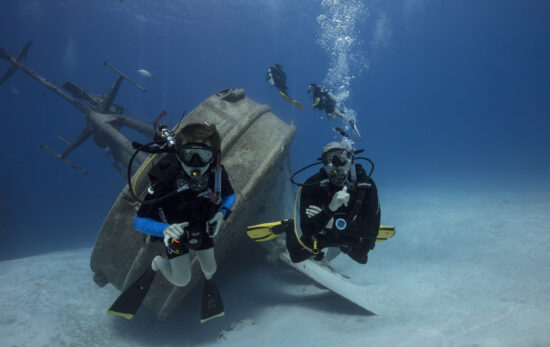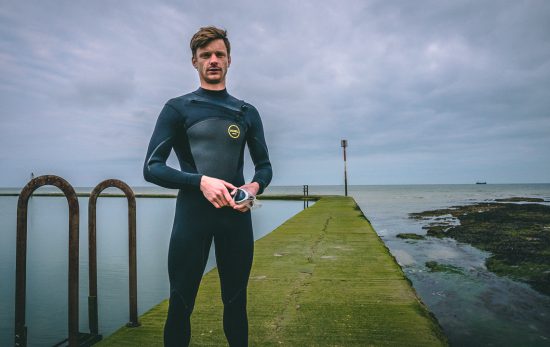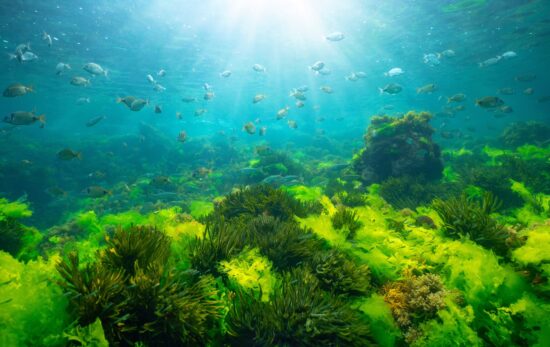Coral restoration is a hot topic and we’re all aware our oceans are in need of help. But what exactly does a coral restoration project entail, and how does it work? Coral biologist, Megan Clampitt took the time to explain how the Velaa Private Island Coral Restoration project she’s involved with in the Maldives works…
Can you tell us a little bit about why the coral restoration program was started?
In 1998, there was a global bleaching event in which the Maldives was one of the countries most negatively affected. The reefs in this region experienced mass mortalities and some reefs lost over 90% of their coral cover with branching corals experiencing the heaviest losses. The reefs started to slowly recover but were unfortunately hit by another bleaching event in 2016. This is when the resort decided they wanted to play a role in the restoration of their house reef and the coral restoration project was started. We hope to increase coral cover and biodiversity and help improve the chances for self-restoration.
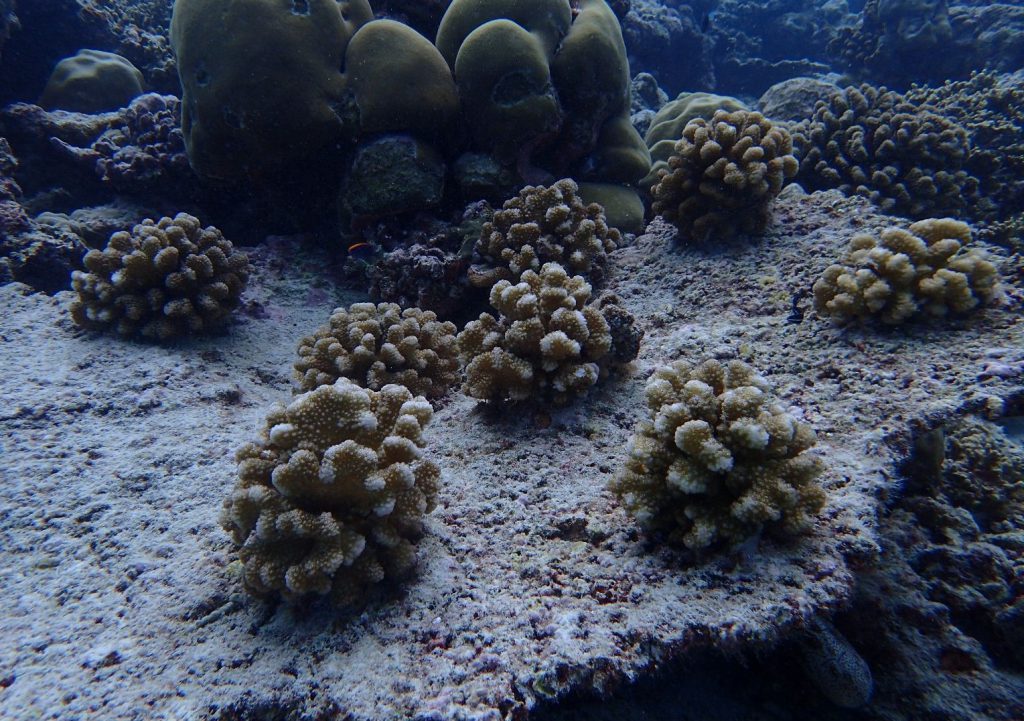
What does coral restoration entail?
At Velaa, we use the coral gardening concept which is a two stage process for coral propagation. In the first phase, the corals are grown in a nursery environment where they can increase substantially in size due to little to no predation, increased water flow, good light availability, lack of sedimentation and removal of competitors such as algae. Once the corals have reached substantial size, we “transplant” them back to the reef. This is the second stage, and is essentially the process of gluing the coral back on to the reef. All throughout this process, we monitor our corals health and growth rates.
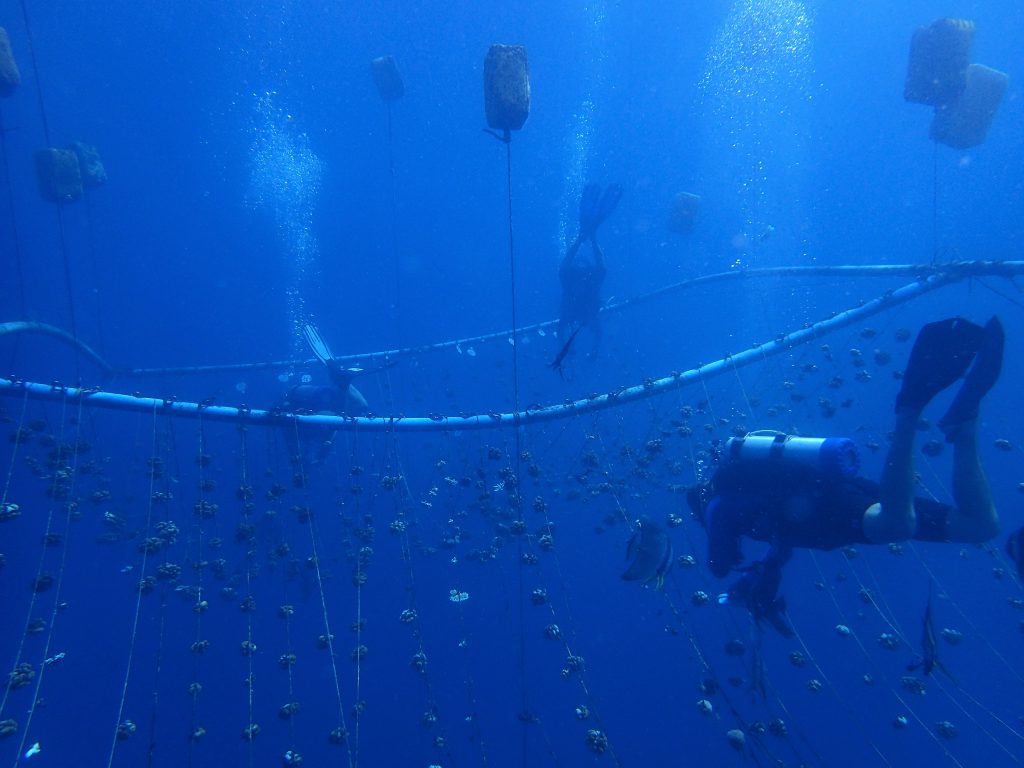
Are there different types of nursery?
In the field of coral restoration, there are different structures used for nursery environments which vary dependent on the environmental conditions and the target species of coral. We currently use a mid-water floating rope nursery. In this nursery structure, there is a PVC frame which holds the ropes that the corals hang from. We use this structure to grow branching corals and have been very successful with Pocillopora species. We’ve also previously used net nurseries to grow massive species and are currently in the process of improving this methodology. Additionally, we hope to trial out a tree structure to increase species diversity.
You mentioned that you closely monitor the nursery, what are you looking for when you do this?
When we monitor the corals in the nursery, we check the health of the corals by looking at the percent of healthy tissue. We note down if the corals are bleaching, if they are diseased and if they are facing predation or competition. On top of that, we measure the corals so that we can monitor how much they grow throughout the nursery phase.
Is the program working?
I would definitely say that the program is working and has so far been really successful. At this point, we’ve transplanted over 3000 corals back to the house reef with a survival rate of approximately 80%. Currently, we have 3000 more corals growing in the nurseries and we plan to stock an additional nursery in the next couple months. Furthermore, we’ve seen coral cover increase in our transplanted areas from an average of roughly ten percent to almost 17%. On top of that, preliminary data from our fish surveys seems to indicate that fish species and abundance has increased in the transplanted areas. So overall, since the project has been in place, we are seeing more coral and more fish on our house reef which is exactly what we were hoping for.
Head to the Velaa Private Island Coral Restoration Facebook page to keep up to date with their conservation efforts and find out more about how we as divers can help to conserve coral reefs by taking the Project AWARE Coral Reef Conservation Specialty.
